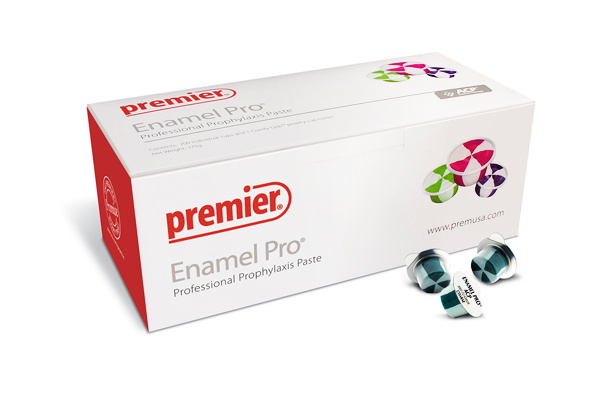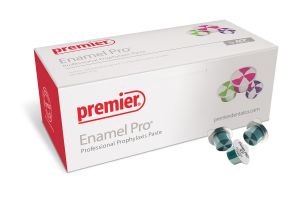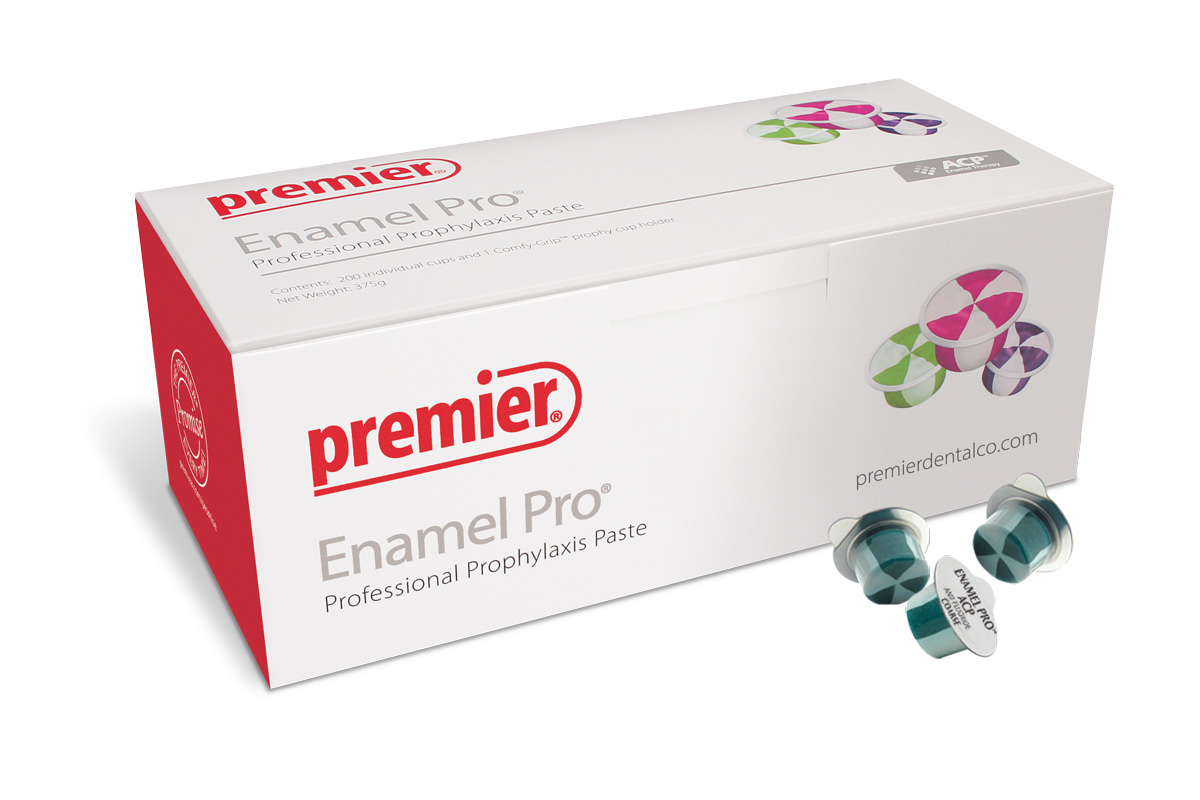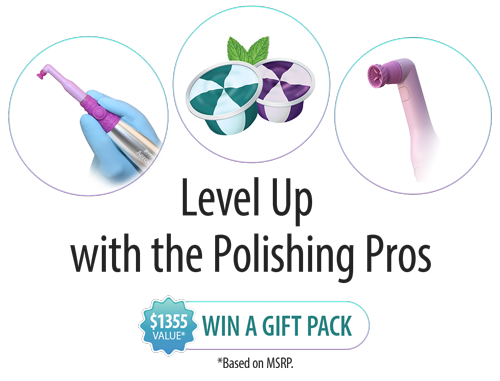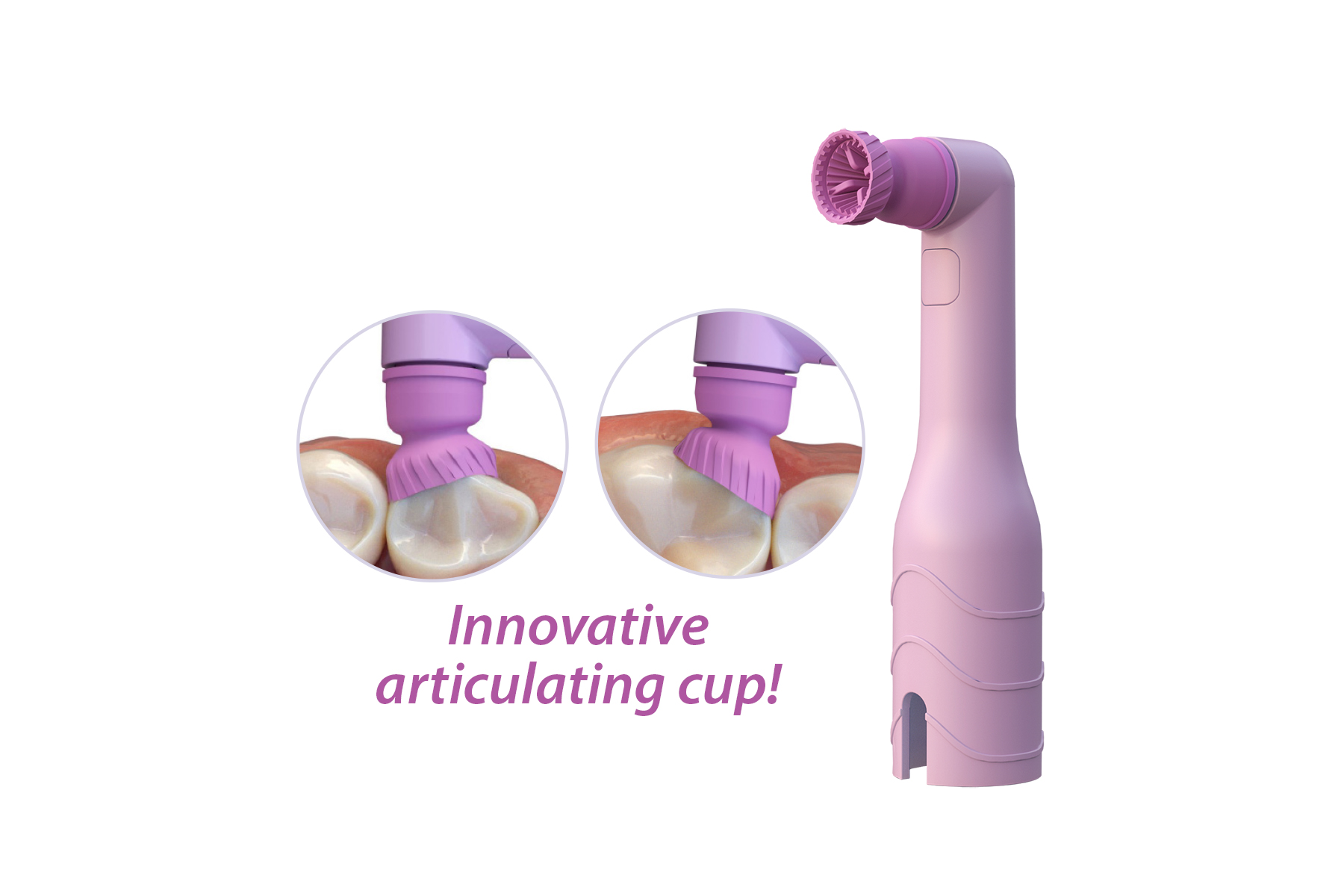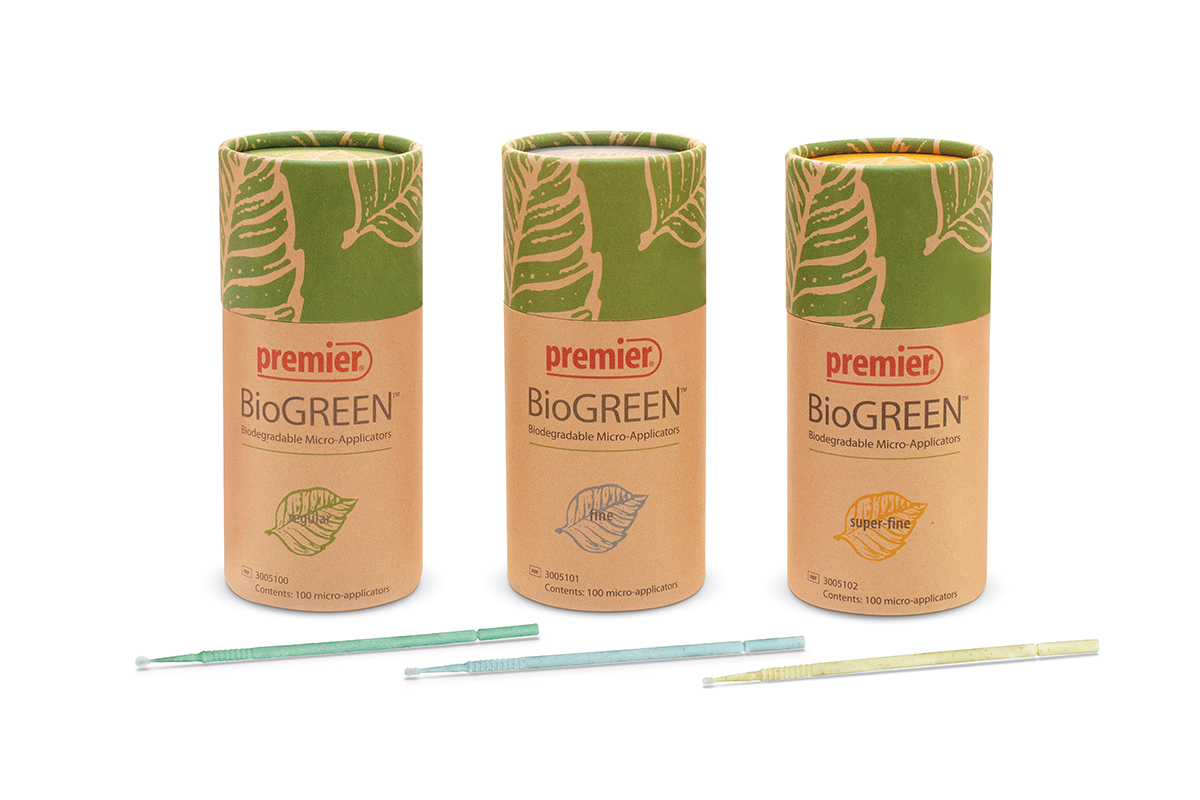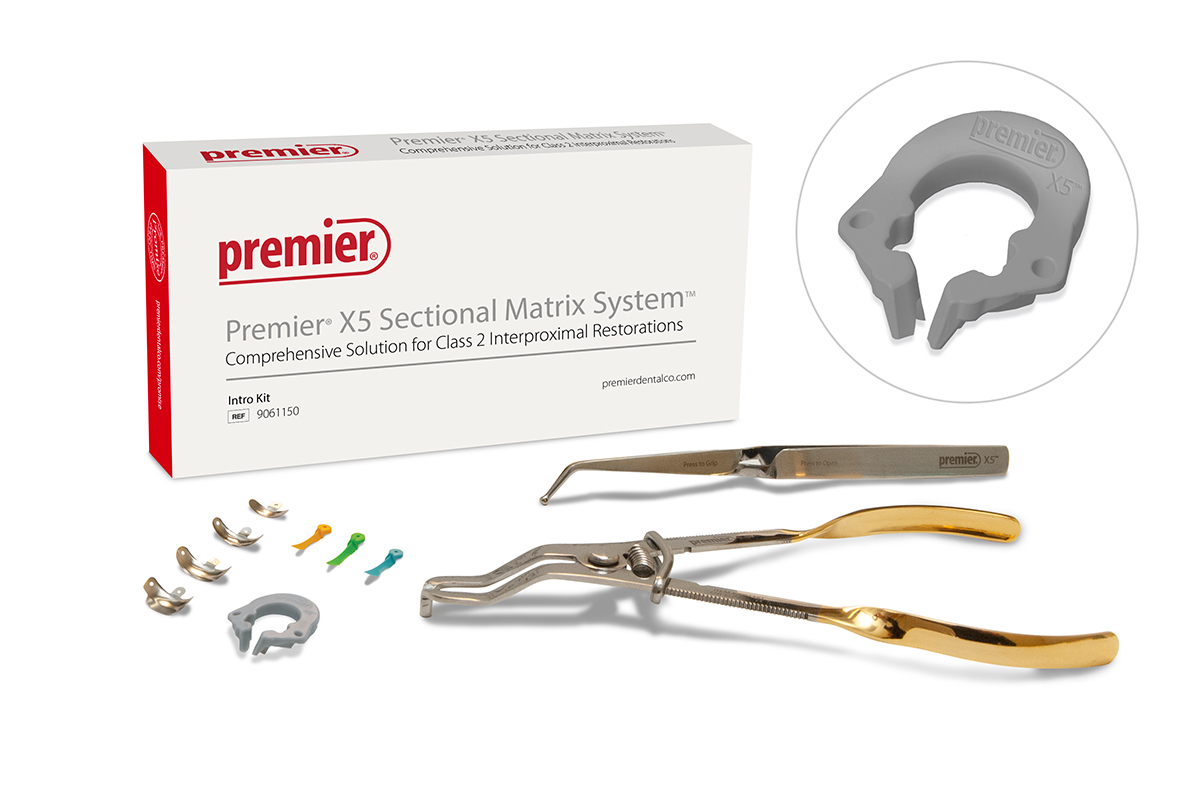Question: “If dental hygiene research recommends the use of fine grit paste during a mechanical polishing procedure,¹ why does coarse grit continue to be the most popular type purchased?”
Coarse grit prophy paste constitutes approximately 50% of the overall prophy paste sales to dental practices in the United States.
As an educator and advocate for the recommendations developed by our dental hygiene thought leaders, I continue to support the theories of “selective polishing” and “conservative paste selections” to protect the fluoride-rich enamel layer of our patient’s teeth.
But, with this in mind, I also wonder why current prophy pastes are still available in fine, medium, coarse and even extra-coarse abrasive particle grits?
Prophy paste grit refers to the size of the alumina and/or silica particles contained in the paste and should be correlated to the amount of abrasiveness produced during coronal polishing. The purpose of the grit selected is to remove light to moderate stain and biofilm. In severe cases with difficult stains using coarse or extra-coarse paste may be needed.²
Think about it… the abrasive quality of a prophy paste is designed so hygienists can avoid increasing the speed and pressure of a rotary cup when using a hygiene handpiece. Put another way, if all you have is a medium grit paste then increasing the rpm’s of the prophy cup or pushing harder on the tooth may be your only option to remove heavy stain. If you had a coarser grit paste, you could maintain normal speed and pressure and get the same or better results.
Applying excess pressure when polishing is uncomfortable to our patients, and the increase in speed will increase heat generated from the prophy cup to the tooth surface. Either is capable of producing discomfort and unnecessary removal of the fluoride-rich layer of the enamel.²
When the clinician evaluates the type and tenacity of extrinsic stain present on the teeth, they should make a choice between the various grits of paste so that they do not have to alter their pressure or speed during a dental prophylaxis.
A slow speed prophy handpiece is so named for obvious reasons: it is operated on speeds not to exceed 5,000 RPMs. This is demonstrated when using the new Premier AeroPro® cordless and pedal-less slow speed hygiene handpiece. Eliminating the rheostat (aka, foot pedal) allows the clinician to control the speed properly without creating undue heat, pressure and discomfort for their patients while using the proper grit choice for the task-at-hand.
As we enter a new phase in remineralization technologies for dentistry, the application of “amorphous calcium phosphate” (ACP) technology has improved the delivery of fluoride uptake during a prophylaxis procedure.³ This is important because the existing fluoride in the outermost layer of enamel lost during the rotary procedure can be replenished when using pastes that contain ACP. Enamel Pro Prophy Paste is formulated to deliver both fluoride and ACP and is available in many different flavors and grits so clinicians can pick the right paste for each patient!
ENAMEL PRO® prophy paste is formulated to deliver ACP and 31% greater fluoride uptake than standard prophy paste.


